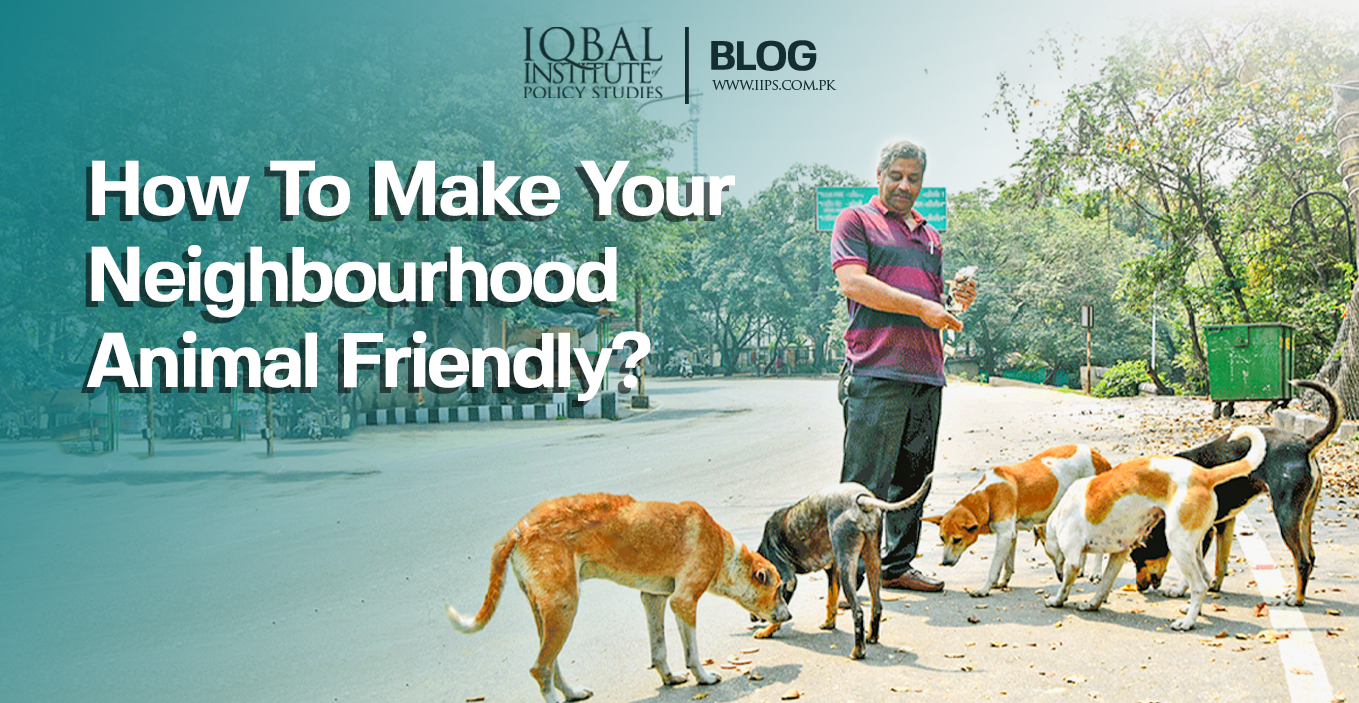
Introduction
Animals are an integral part of the urban environment. Stray animals in public spaces like parks, pavements, and roadsides are common in modern cities, and several animal shelters have been established in urban areas to provide a home to these animals. However, an increasing number of stray animals in residential areas can also pose risk to residents and the animals alike. Many people abandon their pets under numerous circumstances like when they have to move out, encounter serious health difficulties, or simply cannot afford to take care of their pets.
In this blog, we discuss and elaborate on the different ways one can make their neighbourhood safe for all stray animals and animal-friendly in general.
Increased Pet Adoption and the Housing Market
According to Forbes, the pandemic ushered an increase in pet adoption causing one-third of all pet owners to adopt their pets during the pandemic, with millennials being the most likely to adopt a pet. According to a survey conducted by the National Association of Realtors, 43% of households in the US are willing to move to a house where they can accommodate their pets. For home-buyers or renters with pets, a fenced yard and appropriate flooring are essential to accommodate pets in a house.
Sufficient Animal Shelters in the Neighbourhood
Animal shelters and veterinary facilities are crucial to take care of the animal population in the neighbourhood. This is because globally there has been an increase in pet animals like cats and dogs abandoned by their owners. For a neighbourhood to be animal friendly, it is important that an adequate number of animal shelters be situated that will act as a shelter for the stray animals of the community.
Vaccination Centres
Stray animals if unvaccinated can become a huge problem for the neighbourhood they live in. For instance, non-vaccinated dogs could spread potential viruses or diseases amongst themselves and even transfer it to their human owners. Diseases like rabies are deadly to humans and incurable if left untreated. Human interaction with infected animals like bats also resulted in COVID-19 which took millions of lives in the past two years. Therefore, vaccination of stray animals should be a top priority for the neighbourhood if it has to become animal friendly. Stray animals should not be killed or injured but rather captured, vaccinated, neutered and then released back into their environment.
Awareness Regarding Pets and their Treatment in the Community
Pets and stray animals in a neighbourhood deserve better treatment from the residents of the community. Most people do not know how to treat stray animals and pets of other people. On the other hand, people usually do not train their pets and they end up becoming a nuisance for the neighbours and community.
Owners to be Penalized for Abandoning their Pets in a Neighbourhood
Local laws and measures need to be introduced to penalize pet owners who abandon their pets or neglect their needs. There are several reasons why people abandon their pets.
In most cases, people abandon their pets because they feel they do not have enough time and money to take care of their pets. Moreover, when people move to another city, for different purposes, they find it difficult to take pets along, leading to pet abandonment. For a neighbourhood to become animal-friendly, it’s important for every animal guardian to encourage responsible ownership.
Currently, in Pakistan, even local administration is found culling animals on the city streets which is not only a heinous act but a crime as well. A lack of law enforcement leads to this kind of callous behaviour amongst the community.
Area Design for Animal Welfare
Urban planning is largely driven by market and industrial needs. The commercial and urban spaces prioritize interactions between humans and markets and vice versa. Animal welfare is not a priority for industrial designers. Increasing awareness regarding animal welfare in different countries has initiated the social design trend in which urban designers and planners are integrating consideration for animals. With the young generation eager to adopt a pet and make it a permanent part of their home, urban planners need to create better urban spaces for animals.
Conclusion
Animals are an important part of human society. While urban settings maximize the environment for mankind, it needs to consider the health of other living beings as well. Pet ownership has been increasing amongst millennials and it is estimated that almost 43% of households have a pet in their community. In order to make residential spaces and neighbourhoods’ animal-friendly, there should be a proportionate increase in animal shelters, veterinary services, and local laws ensuring responsible pet ownership. In addition, a holistic and animal-friendly urban design is also required to make the mainstream community safe for stray and pet animals.




Leave a Reply